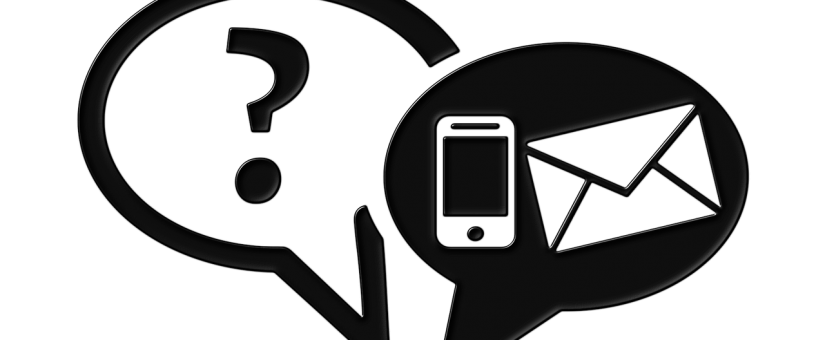.jpg)
Pre-event communication tips
Pre-event communication tips to boost your event.
You love cooking Phad Thai but are afraid your guests are allergic to nuts? You bought your friend a gift but he already has it? You organized an event but your boss is not happy with the attendance rate? You could totally avoid it. But how?
Communicate, gain and share information.
Tips below won’t help you with your dinner but will boost your sessions, increase ticket sales and help with your event pre-engagement.
- Inform attendees about Krowden (formerly NetworkTables) at your event website. Tell them about the tool, what to expect, and what are the advantages. Embed the sessions on your website – read more.
- Instead of sender name [YOUR EVENT NAME], make it more personal, add a name, for example, Best regards, Lisa – [YOUR EVENT NAME]
- Your welcome email could be too long, “call to action” might be too far down. Keep it sweet and short. Always remember, if someone opens the email on their phone – how far do they have to scroll down?
- Timing is crucial. Do you know your audience’s highest opening rate? In general, we advice: Tuesday, Wednesday, Thursday between 9.00 AM – 3.00PM.
- Do you use hashtags? It’s important! add a hashtag in the event or session name. When people share sessions they also share your hashtag.
- #Share, #share, #share! sessions url via your social media channels! Tag the host and event sponsor for more visibility and engagement.
We hope it helps! In case of any additional questions, please reach us through chat.
FAQ
How can event organizers effectively track and measure the success of their pre-event communication strategies?
Event organizers can track and measure the success of their pre-event communication strategies by utilizing tools such as email open rates, click-through rates, social media engagement metrics, website traffic analytics, and attendee feedback surveys. By analyzing these data points, organizers can determine the effectiveness of their communication efforts and make necessary adjustments for future events.
Are there any specific examples or case studies of events that have successfully implemented these communication tips and seen significant improvements in attendance rates?
One example of an event that successfully implemented effective pre-event communication strategies is the annual SXSW conference in Austin, Texas. By utilizing targeted email campaigns, engaging social media content, and personalized attendee communication, SXSW saw a significant increase in attendance rates year after year. Additionally, the event's use of interactive event apps and real-time updates kept attendees informed and engaged throughout the event.
What are some common mistakes that event organizers make in their pre-event communication efforts, and how can they be avoided?
Some common mistakes that event organizers make in their pre-event communication efforts include sending generic mass emails, not utilizing social media effectively, and failing to provide clear and concise event information. These mistakes can be avoided by segmenting email lists for targeted communication, creating engaging social media content that encourages interaction, and providing detailed event information in a user-friendly format. Additionally, organizers should prioritize two-way communication with attendees to address any questions or concerns promptly.




